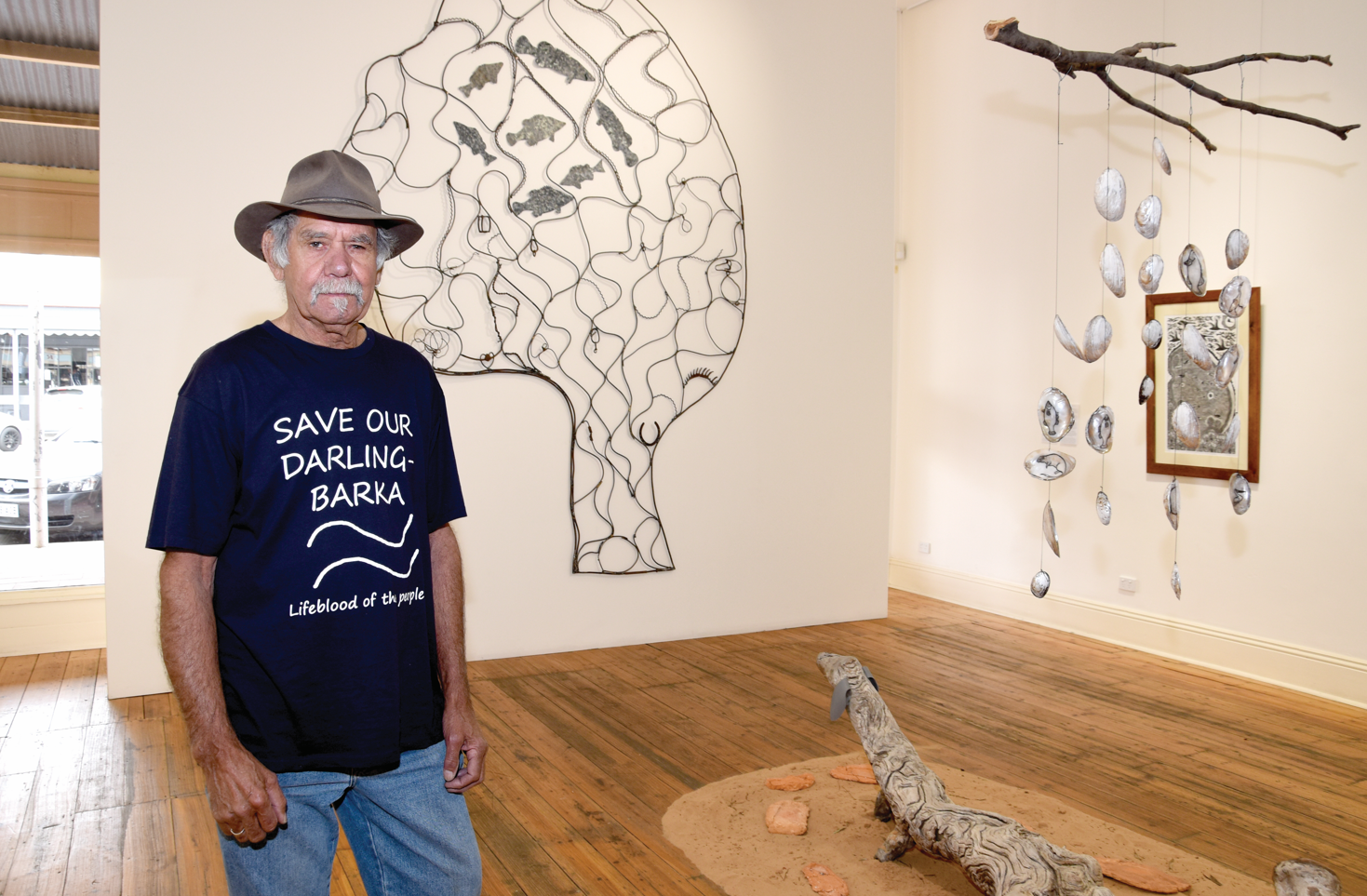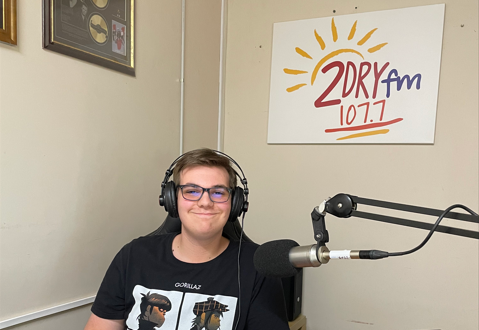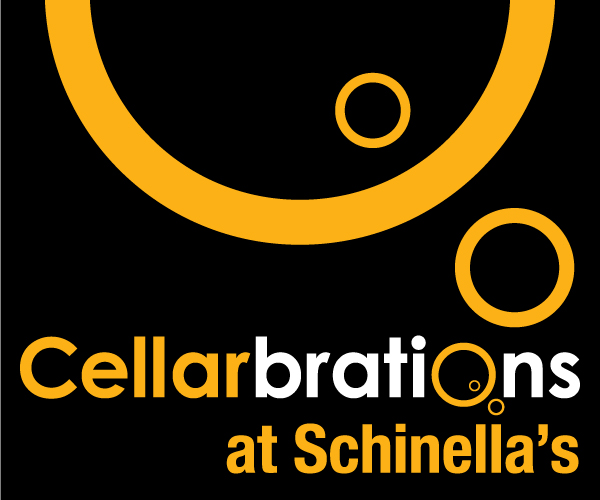A Badger Bates art exhibition which originally opened at the Broken Hill City Art Gallery back in 2018, has since travelled throughout Australia, and has now reached the national stage.
The Australian Museum has opened the Barka: The Forgotten River exhibition highlighting the cultural and environmental significance of the longest river in Australia, the Barka (Darling River).
It’s a collaborative work of artist and Barkandji Elder Uncle Badger Bates and visual artist Justine Muller.
It is the culmination of a 20-year project for Mr Bates, who was born and raised on the river in Wilcannia, where his grandmother taught him about his Barkandji Culture, including the river’s significance.
“The art project started in Broken Hill, that’s what kicked it off,” Mr Bates told the Barrier Truth.
“Then it went to Tandanya (National Aboriginal Cultural Institute) in South Australia, then we took it to Belconnen in Canberra, then off to Mildura, back to Murray Bridge in SA and then Maitland.
“It rested in Maitland for a while during Covid, so it had a bit of a rest there over Covid and everything.
After that journey across Australia, it landed at its current display in the Australian Museum, in Sydney, where it was opened by Minister for Arts and Aboriginal Affairs, Ben Franklin.
Being recognised at State level is important to Badger, as he looks to tackle the environmental issues that plague the Barka with his artwork and reckons the high visibility of his artworks will help.
“That’s what we wanted all the time, is to bring ministers in to try and help. Yep. But this was the first fellow had done it.”
The Barka’s headwaters are in Northern NSW, joining the Murray River at Wentworth. Its basin covers over one million square kilometres and supports over three million people who depend on the river for sustenance and irrigation across four states – Queensland, New South Wales, Victoria, and South Australia.
The two artists aim to convey the importance of the river system and its current environmental predicament.
The exhibition is presented in four sections, with visitors following two paths, one to a healthy and thriving ecosystem and one towards devastating environmental and social impacts felt far beyond its dry banks.
The show features art objects from the museum’s First Nations collection along with sculptures, leadlight, lino print, wood, steel, photography, video, sound recordings, ceramics, and paintings. Along with all of that it has a lot of Badger’s work from the 1970s and ‘80s as well.
“There’s a lot of stuff that I’ve done back in the ‘80s and ‘70s, you know, early stuff. And they’ve brought it all out and put it with the new stuff. It am just honoured to have it here.”
The display focusses on the importance of the Barka as a life source, and how its ecosystems have been critical for the cultural and food source for the Barkandji people for thousands of years.
“It’s not about me and my artwork. It’s about our beloved river, what’s happening to it and the environment. That’s what the exhibition’s about,” Mr Bates told us.
“They bought the lungfish teeth out, what was found around in the Menindee area. What they’ve done, they brought it all out from some old excavation and put it with the exhibition that really told a good story about the Barka and how it was for thousands of years.
“I would like to thank the Balnaves Foundation and the museum staff for what they have done too. The exhibition being here is a real big thing. Everyone has been very supportive. The traditional owners from this area – they just love it,” Mr Bates said.
“And a lot of Barkandji people from Wilcannia and Broken Hill came too, so that was really good.”
The exhibition is free to attend, thanks to The Balnaves Foundation and is now open, running until July 23 at the Australian Museum at 1, William St, Sydney.
The Balnaves Foundation says it supports the exhibition’s aim of communicating the ecological and cultural values of the river to a broader audience.










